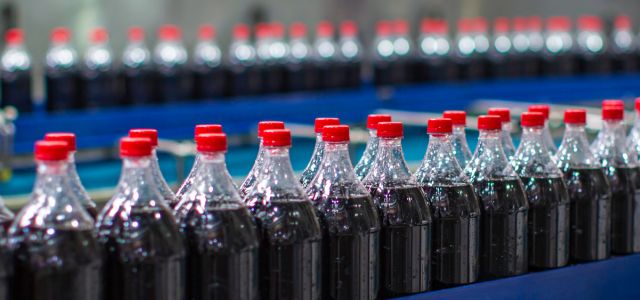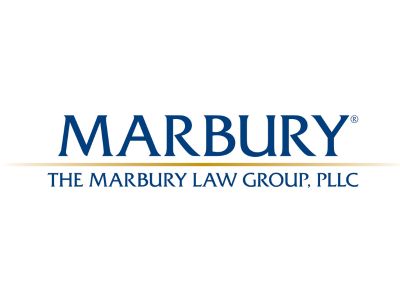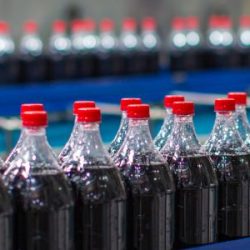The case of Steuben Foods, Inc. v. Shibuya Hoppmann Corporation focused on the alleged patent infringement of claims of the US Patent No. 6,209,591, No. 6,536,188, and No. 6,702,985 owned by Steuben and related to the operation of machinery used in the bottling process.
The Federal Circuit heard the case on appeal from the District Court of Delaware. The District Court entered judgment as a matter of law (JMOL) of noninfringement for claim 26 of US Patent No. 6,209,591, claims 19 and 22 of US Patent No. 6,536,188, and claims 3 and 7 of US Patent No. 6,702,985. The District Court also conditionally granted a new trial on infringement, invalidity, and damages. The Federal Circuit reversed the JMOL for the ’591 and ’188 patents, affirmed the JMOL for the ’985 patent, reversed the conditional grant of a new trial on noninfringement, and vacated the conditional grant of a new trial on invalidity and damages.
Author’s insights
This case is interesting, and two major issues jumped out at us.
First, in denial of summary judgment of infringement, the district court found that there was a genuine issue of material fact about whether the reverse doctrine of equivalents (RDOE) precluded a finding of infringement. The Federal Circuit had previously described RDOE as an “anachronistic exception, long mentioned but rarely applied.” RDOE is the reverse of the doctrine of equivalents. An alleged infringer may avoid a judgment of infringement under RDOE, which dates back to at least an 1898 Supreme Court decision, by showing the accused “product has been so far changed in principle [from the asserted claims] that it performs the same or similar function in a substantially different way.” Steuben made a fascinating argument that RDOE was eliminated by the 1952 Act, which the Federal Circuit found to be compelling but did not reach, noting that the Federal Circuit has never affirmed a decision finding noninfringement based on RDOE. Rather, because Steuben’s expert provided substantial evidence to rebut any prima facie case of RDOE and because the jury is presumed to have resolved all underlying factual disputes in favor of the verdict, RDOE did not survive the jury’s contrary verdict.
In our experience, this was a very rare sighting of an RDOE, which was applied by the district court but did not survive on appeal. We suspect this will encourage alleged infringers to assert, where more appropriate, RDOE.
Second, the ’188 patent in a suit directed to an aseptic bottle sterilization filling line possessed claim 19 with four means plus function limitations. On appeal, the patentee, Steuben, argued that its expert provided substantial evidence for the jury to find the accused structures equivalently perform the claimed function. Steuben further argued that the district court failed to consider infringement in the context of the claimed function and erred by importing unclaimed functions into its analysis. This misalignment with the context of the claimed functions is particularly significant considering the nature of means plus function claims, which require a proper construction relating to the corresponding structures as outlined in the patent. Steuben presented substantial evidence by which the jury could find infringement. This included expert testimony demonstrating how the accused rotary wheels and neck grippers operate in a manner functionally similar to the claimed conveyor and conveyor plate. The Federal Circuit noted that the testimonies provided by Dr Sharon and other experts effectively illustrated how the accused products met the intended functions of the claims despite structural differences. The Federal Circuit agreed with the patentee and reversed the district court’s grant of JMOL of noninfringement. This reversal reaffirms the importance of jury evaluations in patent infringement cases, especially regarding the interpretation of means plus function limitations and the evidence presented surrounding the functional equivalence of disputed structures.
This part of the decision is very interesting and provides useful guidance to many of our pharmaceutical clients who use means-plus-function claims.

Written by Saki Tohyama
Patent Agent, The Marbury Law Group, PLLC

Written by Thomas L. Irving
Senior Partner, The Marbury Law Group, PLLC
You may also like…
Osseo Imaging, LLC v. Planmeca US Inc.: is “timing of acquiring the skill” relevant when ascertaining an expert?
In the ever-evolving test of obviousness, what has been consistently critical is the technical opinion of the expert...
The UPC’s jurisdiction to determine damages after a post-national judgment
On January 16, 2025, the Unified Patent Court (UPC) retained jurisdiction to rule on the determination of damages...
Clarivate identifies top 50 universities powering global innovation
Clarivate, a leading global provider of transformative intelligence, today released The top 50 universities powering...
Contact us to write for out Newsletter














